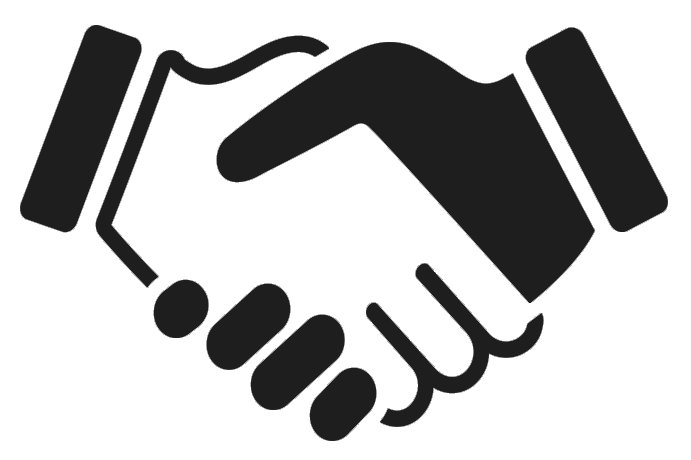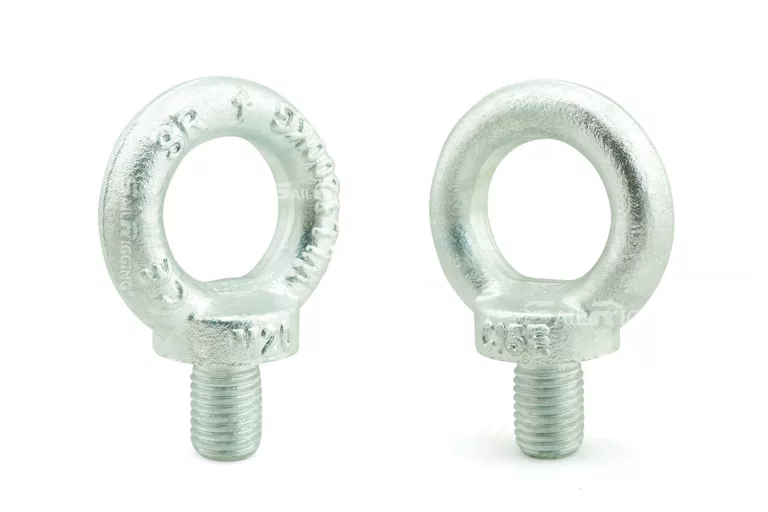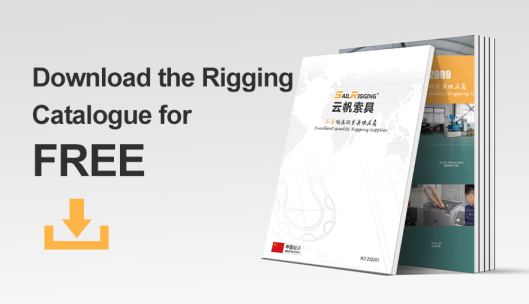In the world of heavy lifting and material handling, rigging components like lifting eye bolts play a crucial role in ensuring safety and efficiency. There’re so many eye bolts in the riggging and lifting, such as DIN580 eye bolt, DIN582 eye nut, JIS1168 eye bolt, JIS1169 eye nut, G275 eye bolt, G277 eye bolt,G291 eye bolt, G279 eye bolt, G400 eye nut. No matter what kind of eye bolts, choosing the right eye bolts are very important. These small yet powerful devices are designed to secure loads, providing a point of attachment for lifting equipment. However, when rigging fails—particularly due to a faulty or improperly chosen lifting eye bolt—the consequences can be catastrophic. Understanding these potential failures is essential for anyone involved in lifting operations to prevent accidents and ensure safety.
Types of Rigging Failures
- Material Fatigue and Breakage:
- Overloading: Lifting eye bolts have specific load capacities. Exceeding these limits can cause the bolt to deform or break. Overloading occurs when the weight of the load surpasses the bolt’s maximum capacity, leading to material fatigue and eventual failure.
- Wear and Tear: Continuous use without proper maintenance can lead to wear and tear. Corrosion, abrasion, and other environmental factors can weaken the metal, making it susceptible to breaking under pressure.
- Improper Installation:
- Incorrect Torque: Eye bolts need to be installed with the correct torque specifications. Under-tightening can cause the bolt to loosen, while over-tightening can strip the threads or cause stress fractures.
- Misalignment: Installing eye bolts at improper angles or in an incorrect orientation can lead to uneven stress distribution. This misalignment increases the risk of bending or breaking during lifting operations.
- Inadequate Inspection and Maintenance:
- Neglecting Inspections: Regular inspections are vital to identify potential issues before they lead to failure. Ignoring routine checks can result in unnoticed cracks, corrosion, or other defects.
- Failure to Replace Damaged Components: Continuing to use damaged or worn-out eye bolts without replacement increases the likelihood of catastrophic failure during lifting operations.
- Using the Wrong Type of Eye Bolt:
- Wrong Specification for the Job: Different lifting operations require specific types of eye bolts. Using a standard eye bolt for angular loads, for example, can cause it to bend or break.
- Improper Material Choice: The material of the eye bolt must match the operational environment. Stainless steel might be necessary for corrosive environments, whereas regular steel might suffice for less demanding conditions.
- Consequences of Rigging Failures
The failure of a lifting eye bolt can have severe consequences, including:
- Injury or Death: The most severe consequence is the potential for injury or death to workers. Falling loads can cause fatal accidents, crush injuries, or other severe bodily harm.
- Property Damage: Dropped loads can result in significant damage to equipment, infrastructure, and the materials being lifted. This can lead to costly repairs and replacements.
- Operational Downtime: An accident due to rigging failure often leads to operational halts while the situation is assessed, cleaned up, and repairs are made. This downtime can be expensive and impact project timelines.
- Legal and Financial Repercussions: Companies may face legal action, fines, and increased insurance premiums following an accident. Ensuring the proper use and maintenance of lifting equipment is crucial to avoid such outcomes.
Choosing the right rigging eye bolt is not just a matter of operational efficiency; it’s a critical safety concern. The right eye bolt, when selected and installed correctly, ensures that lifting operations are conducted smoothly and safely.





